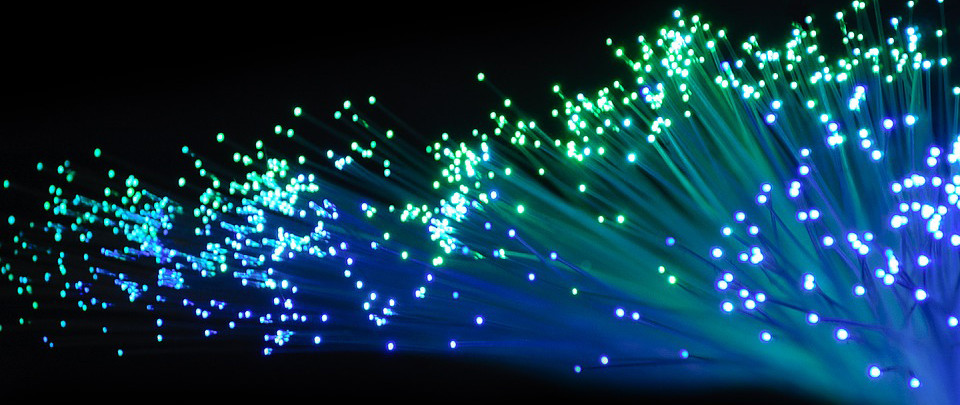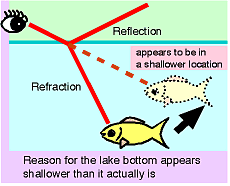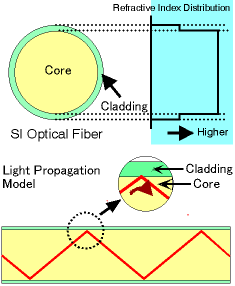PMMA
SAFETY CONSIDERATIONS AND RECYCLING
Acrylic plastics manufacturing involves highly toxic substances which require careful storage, handling, and disposal. The polymerization process can result in an explosion if not monitored properly. It also produces toxic fumes. Recent legislation requires that the polymerization process be carried out in a closed environment and that the fumes be cleaned, captured, or otherwise neutralized before discharge to the atmosphere.
Acrylic plastic is not easily recycled. It is considered a group 7 plastic among recycled plastics and is not collected for recycling in most communities. Large pieces can be reformed into other useful objects if they have not suffered too much stress, crazing, or cracking, but this accounts for only a very small portion of the acrylic plastic waste. In a landfill, acrylic plastics, like many other plastics, are not readily biodegradable. Some acrylic plastics are highly flammable and must be protected from sources of combustion.
PRINCIPLES OF OPTICAL FIBER
Optical fiber transmits light. But, what prevents the light from escaping from the fiber? The answer is based on a principle that we experience every day.
While swimming at the beach as a child, have you ever thought that you were safely in shallow water only to be surprised to find that it was too deep to touch the bottom? When you look straight down into a clear lake or puddle, you can see its bottom. However, when you view it at an angle and look off into the distance, the distant scenery is reflected upside down. This is caused by the difference in the index of refraction between the water and air, which you probably learned about in grade school.
Although optical fiber appears to be only a simple thread, it is actually composed 2 structures similar to water and air. The area where light is transmitted is called the core, and the external area is called the clad.
When light enters the area between 2 materials with different indexes of refraction (boundary face), the light will be either entirely reflected or a portion of it will be refracted, depending on the angle.
If the light can be kept at an angle where it is entirely reflected, it will become trapped inside and transmitted along the fiber.



